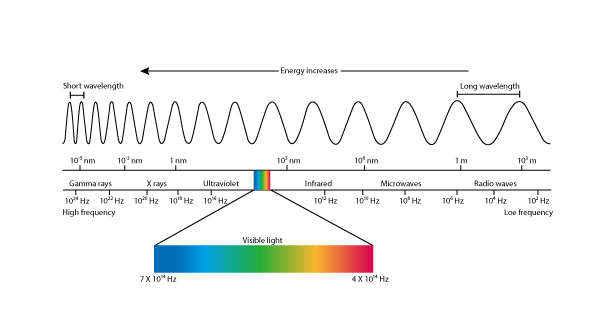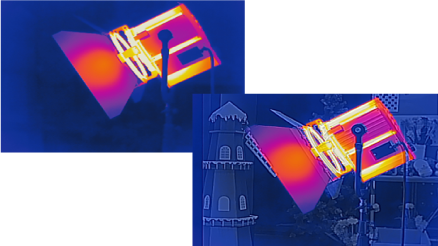Diversified Applications
Rapid technological changes in thermal imaging recently has led to a decline in the cost of thermal products along with a rapid expansion in their applications across industries. Thermal imaging has gone from niche to public markets in a relatively short period.
Thermal imaging is rapidly expanding from its conventional applications in military, law enforcement and temperature measurement to new domains such as forest fire prevention, crop burning monitoring, indoor fire prevention, perimeter defense, border defense, coast defense, and intelligent transportation. Full use of its environmental adaptability and long-range detection capabilities is coming into focus.
This booming market is benefiting from a full range of technological innovations – such as detectors, lenses, and SoCs – along with innovations in the manufacturing processes. Now, miniaturized, intelligent thermal products are rolling out for industrial temperature measurement, handheld temperature measurement, driving assistance, medical services, or as peripherals of drones and smart phones. Some industries even see disruptive innovations in the application of thermal technology. The diversification of applications will continue to expand the market for thermal imaging and accelerate continuous growth in this specialized industry.



